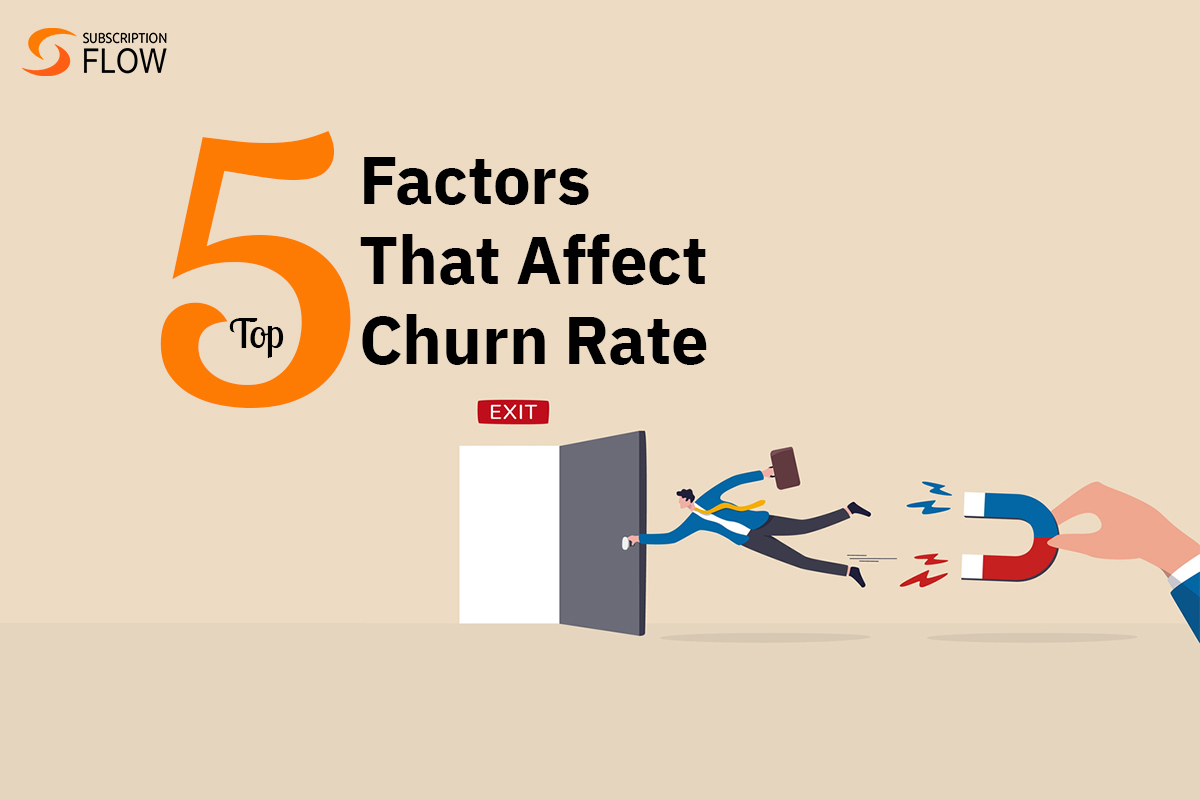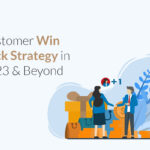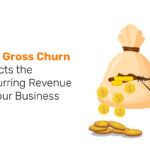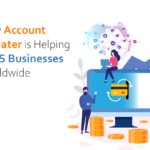
Top 5 Factors That Leads to Higher Customer Churn Rate
One of the nightmares that SaaS and recurring businesses do not want to see is the increasing customer churn rate.
But what if this becomes a reality? You have to stop it before it turns into a reality, and to do this:
You will need to understand the factors that affect overall churn scores and the role they have in the management of lowering the churn rate. But what are they?
There are multiple factors or you may call them ‘indicators’ that prompt the higher customer churn rate.
This article will elaborate on the top five factors that affect churn scores and ultimately lead to higher customer churn rates. Hence, to nip the evil in the bud, one must be knowledgeable about them so you can never let the factors become the cause of it.
Read More: Combating Churn for a SaaS—Use Content to Attract, Educate, Convert and Retain Customer
What is the Customer Churn Rate?
Churn rate is one of the most important customer success metrics that determines at which rate customers are parting ways from the product, services, or company. SaaS companies need to calculate churn on a set interval to see if the churn rate is not exceedingly more than the one that has been set to sustain the business.
The customer churn rate represents the number of lost customers or the financial amount that each one of those customers represents.
How to calculate churn?
To calculate the churn rate:
Churn Rate = Number of cancellations in a period/ total number of subscriptions in that period * 100
The churn calculation is necessary to keep an eye out for the growth of business and also to restrict it from exceeding.
Read More: 10 Most Important Customer Success Metrics for SaaS Subscription Businesses
Factors That Affect Customer Churn Rate
Amongst a number of reasons, here are listed a few factors that can be affecting the customer churn to a greater extent. To keep the higher churn rate at bay and keep the ball rolling, looking after these factors to achieve maximum customer satisfaction will surely reduce the churn rate.
Customer Experience
Customer experience is one of the top factors that can affect churn rate. It is easy to understand this factor the fact is that customer dissatisfaction lies with the product and service, and there is a high probability of customer churn. It shares direct relation with churn rate or churn score for the fact that if the service does not meet the customer’s expectations of the service or the product then the user will drift away.
To handle this intelligently, the customer churn management software enables customer success teams or account managers to provide customers with the best experience by using playbooks and relevant material that can enhance customer experience with the product that prolongs their tenure with the product.
Customer Onboarding, Product Adoption, and Usage
Customer onboarding is the nurturing post-purchase process that gets new users and customers acquainted and comfortable with your company and product. An exceptional customer onboarding program involves step-by-step product adoption tutorials, helpful guidance and support, and celebrations when a customer achieves success milestones using your product or service. It entails leading a new user through a product or service, teaching how to use it, making a client feel comfortable with it, and showing how to obtain its value. It helps companies build strong relationships with clients, retain customers, and receive more loyal consumers.
In addition to product adoption, product usage metering is an equally substantial indicator to determine the possibilities of customer interest in the product.
Product adoption and usage are linked to customer churn rate because it calculates to what extent the user has adopted the product and started to use it. Using analytics to understand customer behavior and product usage can help you understand if there is a risk of a higher churn rate or not.
With the customer churn management tools and observing analytics through it, one can estimate whether the probability of customer churning is high or low.
Product usage must be studied in combination with other metrics such as customer satisfaction, customer engagement, NPS, and other scores.
If there is frequent product usage with better customer satisfaction scores then there are fewer chances for a churn hence it decreases the churn rate. However, if more customers are showing less product usage, then it will increase the churn rate.
Read More: Important SaaS Customer Retention Metrics for Subscription Businesses
Customer Engagement
Customer engagement is an umbrella term that covers many important aspects of customer success.
Customer engagement is the process of interacting with clients through a variety of channels in order to strengthen your relationship. For many businesses, this process begins with the first interaction and extends beyond the point of purchase. Companies can engage with customers via social media, email, websites, community forums, or any other space where they’re communicating or consuming content.
Having little to zero customer engagement can lead your customer to drift away and that will lead to not subscribing for upgrades or renewing the subscriptions. This will directly hit the churn score taking it up to a higher value.
Average Subscription Length
Average subscription length is the tenure of the customer that is spent on the product or service. For every customer, the average subscription is likely to vary therefore it is essential to categorize them and determine the average subscription length accordingly.
In average subscription length, there are certain factors to be enlisted to check the accumulative factors. It involves gathering the feedback from the customer to further allocate the surveys such as customer satisfaction score (CSAT), Net Promoter Score (NPS), and many others.
If a number of customers do not fulfil the objective for an average subscription length then there is a high chance of the business hitting a higher churn rate.
Unexpected Changes
Many businesses do not take this into the account but unexpected changes can be a real cause leading to a higher churn rate. Unexpected changes that relate to the customer churn rate are Point of contact (POC) departure, company restructures, and cancellation requests.
Firstly, the point of contact is vital to customer success because there is a complete interaction that goes on between customer and business. POC involves handing in and taking over the role if one point of contact departures. When one POC departure can put the customer relationship at risk due to different reasons such as communication gaps, unavailability of information or exact knowledge of customer journey, requirements, and much more.
Apart from the POC departure, having a lot of cancellation requests for subscriptions due to product instability and team inefficiency, products, or services will surely affect the churn score. Moreover, if the company restructures, then instability is expected which further leads to a higher churn score.
Read More: A Guide to Understand Customer Success Playbooks
How Would a Churn Management Software – SubscriptionFlow- lead to Lower Churn Score?
SubscriptionFlow is a subscription management and customer success platform that provides features and solutions regarding recurring billing, payment processing, churn management, revenue optimization, and more.
If you are looking for an all-inclusive subscription management platform that encompasses all the aspects from lead management to customer success then SubscriptionFlow is the right choice.
Schedule a demo with us now and let us manage your churn score.











